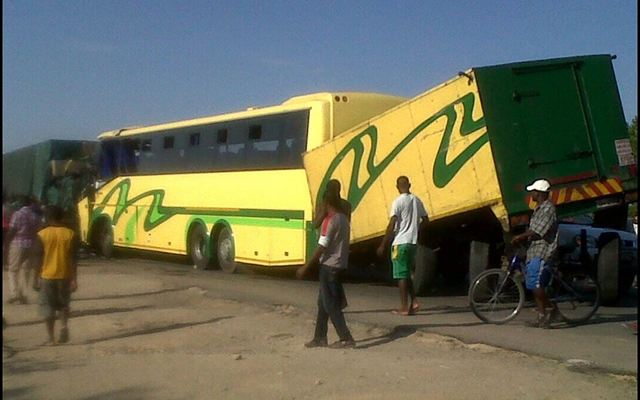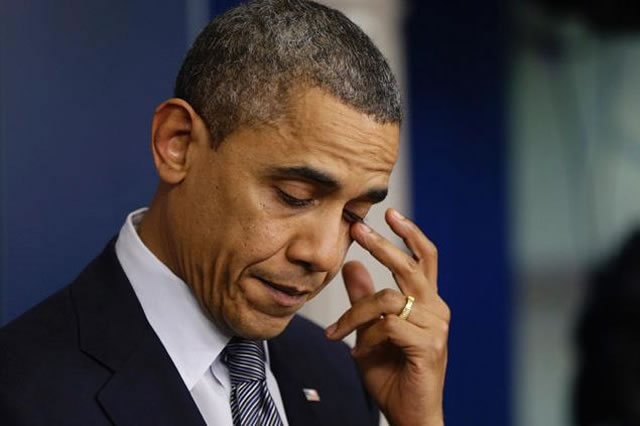Editorial Comment: Manage wealth fund well for posterity

 President Mugabe recently signed the Sovereign Wealth Fund Bill into law.
President Mugabe recently signed the Sovereign Wealth Fund Bill into law.
A sovereign wealth fund (SWF) is designed to ensure that revenue accruing from the commodity boom or economic success of today is not consumed to exhaustion by the present generation, to the exclusion of future generations.
There are many ways through which SWFs are financed, but most are backed by wealth generated from commodities – oil, gas and minerals. While the funds have existed for more than 150 years, with the first established in Texas, the US in 1854, they have become more popular since 2000. Now, most of them exist in the Middle East and Africa, bankrolled by oil and precious minerals, particularly diamonds.
The Act says that the Ministry of Finance will with immediate effect transfer a quarter of mining royalties to the SWF. The money raised can be invested in sectors that drive economic growth such as infrastructure.
The SWF Act reads in part: “There shall be paid into the account of the fund with the Reserve Bank of Zimbabwe as the primary custodian of the Fund . . . such portion (not exceeding a quarter) of the royalties payable in accordance with Chapter VII (Mining Royalties, Duty and Fees) of the Finance Act in respect of each of the following minerals — gold; diamonds; coal; coal bed methane gas; nickel; chrome; platinum and any mineral that may be specified for the purposes of Chapter VII of the Finance Act as allocated by the Zimbabwe Revenue Authority and specified in the Finance Act to be payable in the fund.”
The fund will be managed by a 10-member board to be appointed by the Minister of Finance, with the approval of the President. Every withdrawal from the fund must be approved by Parliament and be accounted for.
We urge the minister to expeditiously pick the board so that work can start. The first task of the board, of course, would be to appoint the head of the secretariat and senior managers, who should in turn complete the process of structuring the secretariat. Real work can then begin.
We look forward to a team of strategic thinkers and action-oriented citizens, who are morally upright and have the interests of their country at heart.
We have been waiting for this piece of legislation since last year when government intimated its intention to establish a SWF. It is a law that has a long term view that would enable the present generation to sustainably consume our mineral wealth understanding that minerals are finite yet future generations are entitled to benefiting from them like we do today.
According to the SWF Institute, the world’s top 10 funds are Norway’s oil-backed Government Pension Fund Global with assets valued at $893 billion, United Arab Emirates’ Abu Dhabi Investment Authority (oil, $773 billion), Saudi Arabia’s SAMA Foreign Holdings (oil, $757 billion), China Investment Corporation (non-commodity, $652 billion), SAFE Investment Co. also of China holding (non-commodity, $567.9 billion), Kuwait’s Kuwait Investment Authority (oil, $548 billion), China’s Hong Kong Monetary Authority Investment Portfolio (non-commodity, $400 billion), Government of Singapore Investment Corp. (non-commodity, $320 billion), China’s National Social Security Fund (non-commodity, $201 billion) and Singapore’s Temasek Holdings (non-commodity, $177 billion).
None of Africa’s is in the top 10. Oil-rich Algeria has Africa’s biggest worth $77,2 billion, followed by Libya, whose fund is also backed by oil. Botswana’s diamond-backed fund is worth $6,9 billion — the third largest on the continent — followed by Africa’s number one oil producer Nigeria on $1,4 billion. Senegal, with its non-commodity fund, is fifth at $1 billion.
Our fund should be stable since it would be funded by tax on a range of minerals, compared, for example to Botswana’s that relies on diamonds, or Angola’s which is backed by petro dollars. There is always the risk that price volatility can play havoc with a fund that is linked to one resource.
The second point to note is that the minerals specified to contribute to our fund are high-value, such as gold, platinum and diamonds, or strategic minerals of the future and whose prices are traditionally steady, such as coal and gas. Precious minerals are given to price fluctuations but it is rare for all our three – gold, platinum and diamond – to go down at the same time. In the unlikely event they do, coal and gas should maintain their prices, even improve, in the immediate and long term.
Third, the specified minerals occur in abundance. We hold the world’s largest platinum reserves after South Africa; it is projected that we will account for 25 percent of global rough diamond output in the next few years and gold is literally everywhere in the country. Coal occurs in the Hwange area.
In Gokwe and the south-east lowveld the mineral is basically unexploited while a stupendous amount of methane gas lies untapped in Lupane in Matabeleland North.











Comments